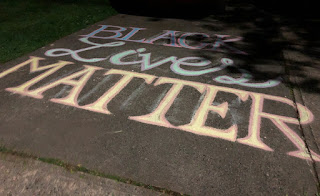Ready for an Air Fryer?

The last few years have seen an explosion of new kitchen appliances designed to save users time without sacrificing taste. Today we are talking about the air fryer. An air fryer is essentially a small convection oven; it cooks food by circulating hot air around the food. Unlike a deep fryer, air fryers use little to no oil, which makes for healthier meals. They also produce food that is crispier than food cooked in a regular oven. Most air fryers are pod shaped and come in various sizes. I use a compact air fryer that holds two quarts. That is typically enough for a single person or a couple. However, family-size air fryers can go up to five or six quarts and toaster air fryers (a combination of a toaster oven and air fryer) can get up to sixteen quarts. Most people buy air fryers to make “fried” food at home. After all, how many of us have access to a deep fryer? It’s not a coincidence that almost every ad for air fryers features the most golden, perfect-looking French fries you have






